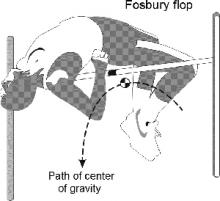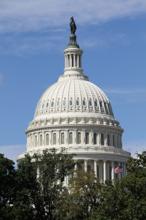
Blog
Friday, January 22, 2021
Articles from across the Web that we at the IBM Center for The Business of Government found interesting for the week of January 18-22, 2021.
by Dan Chenok
Thursday, January 21, 2021
The third in a series of posts about the potential improvements that DevSecOps can bring to government generally and DoD specifically.
Friday, January 15, 2021
Articles from across the Web that we at the IBM Center for The Business of Government found interesting for the week of January 11-15, 2021.
by Dan Chenok
Friday, January 8, 2021
Agencies across government can learn from innovative leaders in developing data strategies that leverage AI and other emerging technologies. Specifically, AI and intelligent automation (IA) technologies can improve grants management by expediting access to information and standardizing grant processes.
Friday, January 8, 2021
Articles from across the Web that we at the IBM Center for The Business of Government found interesting from the weeks of December 21, 2020 – January 8, 2021.
by Dan Chenok
Friday, January 8, 2021
We are about a year into the COVID-19 pandemic, and we can just now begin to see the light at the end of the tunnel.
Tuesday, January 5, 2021
Recently, the National Academy of Public Administration released an important and timely report entitled, “Building an Agile Federal Government”. The report was co-sponsored by the Samuel Freeman Charitable Trust and the Project Management Institute.
Friday, December 18, 2020
Highlighting articles and insights that we have found interesting for the period ending December 18, 2020
Wednesday, December 16, 2020
Interview with Bob Westbrooks, Executive Director, Pandemic Response Accountability Committee













